There’s been a ton of off-the wall TR-707/808/909 news this month, so let’s gather it in one place. But the really important development is having a powerful SuperCollider drum machine, for free – and here’s why.
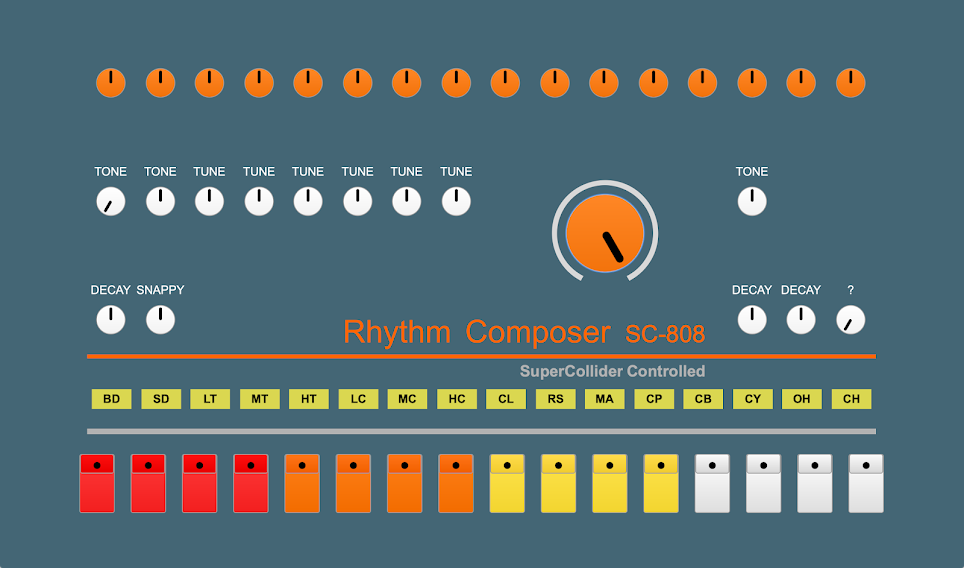
SC-808
Composer/producer and developer Yoshinosuke Horiuchi has built his own emulated TR-808 in SuperCollider, dubbed the SC-808. Why does that matter?
- It’s free
- It’s got more flexibility than just about anything else out there
- It’s open-source (so you can learn from it, modify it)
- It runs just about anywhere (thanks to everywhere SuperCollider runs – macOS, Windows, Linux and Linux platforms like Raspberry Pi)
- You can use it with the most popular live coding tools, so for the live code / algorave scene, it’s a breakthrough (they’ve got stuff like this, but this is the highest quality I’ve seen yet)
Yoshinosuke-san has built some really flexible features into this. There’s full MIDI support, including Control Change mappings. There’s a nice GUI.
But it’s worth supporting the full version because, in addition to giving back to the developer, you get some great extras:
- Separate outputs for each part
- Multiple filters: Moog ladder filter, TB-303 (acid!), high-pass filter
- Tuning for cymbal, hihat, and cowbell
- Sample pack with modified sounds (which you can also use with your favorite sampler)
(Worth keeping an eye out, too: once VCV Rack supports SuperCollider, you could go nuts and run this directly inside VCV Rack.)
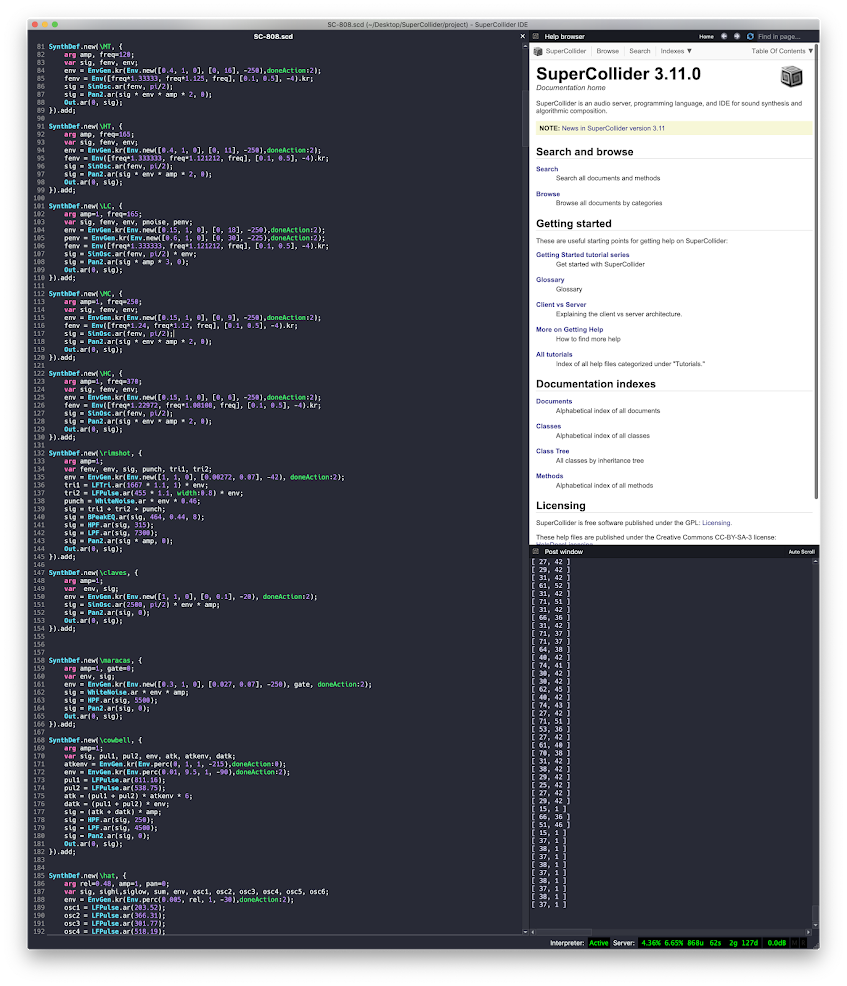
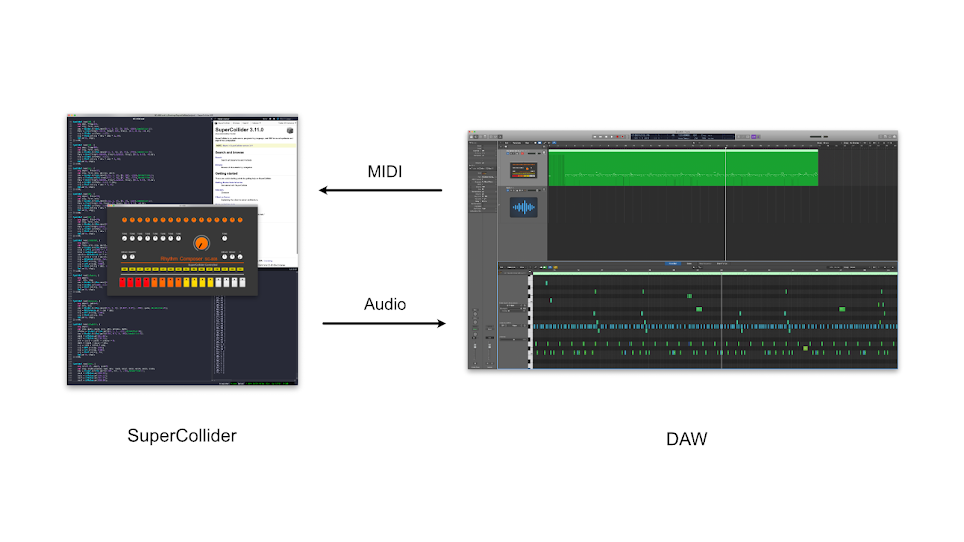
The fact that it’s really an emulation means that you get more parameter tweaking, and loads more hack-ability/mod possibilities than existing 808s. I mean, basically you could circuit bend this thing (after a fashion) simply by modifying the code.
“I’m suffering due to covid-19 and fighting to overcome mental illness,” says Yoshinosuke-san. “But I’m going to focus on developing and I’d like to learn more about music and software at the university.”
Hope we can help you continue this path! You’re definitely not alone (well, both to the developer and readers).
Free download, plus option to support the SC-808 Advanced, coming out soon:
The rest of the TR news
It’s pretty hard to put the words TR-(808) and “news” together these days, which is reasonably fair for a 40-year-old drum machine. Roland, for their part, did what they’ve lately been doing for “808 day” this month – some content, some looks back, and more apparel deals.
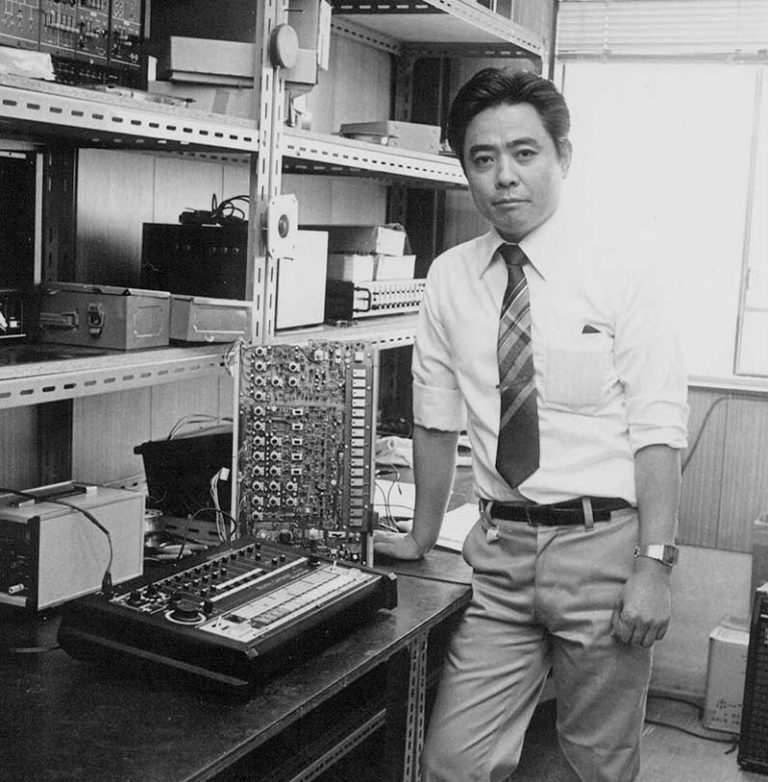
The interview with Tadao Kikumoto, engineer on the research team behind the TR and MC series, is worth a read. Just as it’s important not to forget that Black American artists are the reason we remember the TR and associate it with so many genres, it’s probably equally important to recognize that this is a Japanese invention. And speaking to how distant these worlds have been until relatively recently, it sounds like the engineering team didn’t really know how their invention had been used in the States until 1992. Instead, their first artist relations experience was local to Japan, in the form of the Yellow Magic Orchestra.
Probably the most interesting part of that interview – apart from the revelation that the company planned a chord-generating instrument called the TC-404 – is that Kikumoto-san is working on a silent participatory street music jam called Silent Street Music. It’s somehow the Japanese opposite to Indonesia’s Jogya Noise Bombing – participants wear headphones and bring their own devices for jams that are silent to passersby.
Sorry that’s “Sanctioned Suppressed Simultaneous Silent Street Music.” Yesssssss –
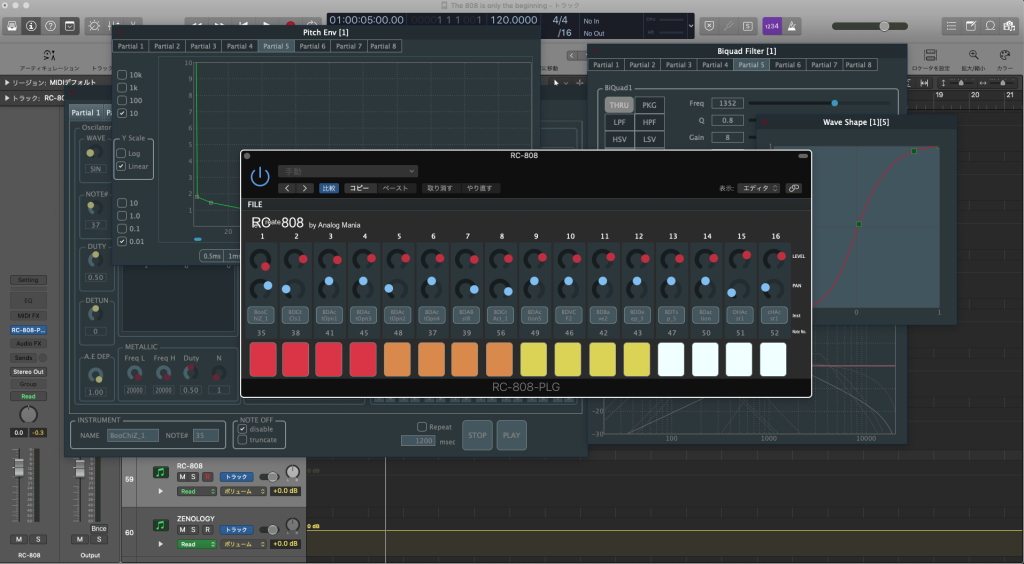
Curiously, under the moniker Analog Mafia, the engineers behind the original 808 are recreating their famous drum machine in software as what they call the ReCreate the 808 Conceptual Model Software specification. On 808 day, the site was a bit dodgy, but they’ve improved it since then.
It’s a fascinating project, and likely of interest to anyone writing a dissertation on 80s drum machines or something, but I wouldn’t really recommend using it. It’s far better to use the very stable and usable SuperCollider creation above. Even by Analog Mafia’s own admission, it is a “conceptual offspring” that’s “still in its very preliminary phase, and thus is full of bugs.” Both the installation and usage seem to be made for an engineer more than an end user, though I did manage to make it… um, crash. (Maybe the Mac AU is more stable?) And they do remind you not to complain to Roland about it – this is Roland veterans having fun, not an official Roland project.
If you’re a Reason user, though, you’ll find a ReFill sound pack to download for free. Otherwise, mainly as a curiosity – and an insight into the minds of the engineers:
Roland TR-707 ROM Expansion is a £60 drum machine mod that adds a bunch of other drum machines to a vintage 707 – LinnDrum, Linn LM-1, Oberheim DMX, and TR-727, 808, and 909. Now that in itself is maybe not so exciting – you could also just buy something like a modern TR-8S.
But this remains compatible with 707 circuit bends and mods. Now putting together the two sounds like it could make a very interesting machine. Sold out now; a new batch is planned for September (h/t Synthtopia, Synth Anatomy, others)
But there you go. No need to repeat the past, appropriate other genres, or succumb to boredom.
There’s every opportunity to bend the TR drum machines into something weird, new, and entirely your own. That’s how this saga started, so happy playing.